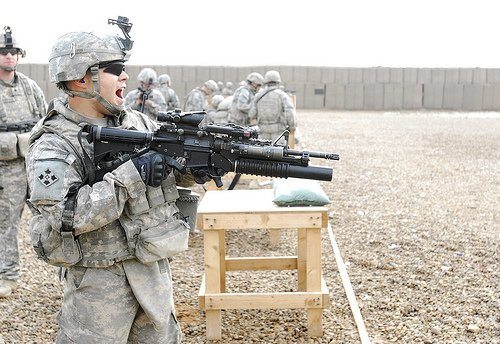Over the next ten years, the Non-Lethal Weapons (NLW) market is forecasted to emerge as a key domain for asymmetric warfare and law enforcement technology providers. Governments worldwide have undoubtedly understood the function of non-lethal weapons following lessons learned in Egypt, Israel, Iraq and Afghanistan. Unforeseen street riots and mass demonstrations over the last decade have revealed the loopholes in the security dogma of the 21st century.
There is a growing demand from combatant commanders, law enforcement officers and political establishments for NLW capabilities. This demand is driven by the need to help them win the hearts and minds of the non-combatant population and prevent world outcry and media attention due to non-combatant casualties. As a result, many governments have entered into non-lethal weapons R&D and procurementdedicated to the full spectrum of public safety, law enforcement, crowd control and asymmetric warfare.
The new Non-Lethal Weapons: Technologies & Global Market – 2012-2020 report is the first and only comprehensive study of the emerging NLW market. In this report HSRC analysts forecast that the NLW market will triple towards 2020. The growth will be accelerated in 2016-2020 to a 17% CAGR due to pipeline NLW technologies.
BUY THIS REPORT
The report, segmented into 61 sub-markets, offers for each sub-market 2011 data and 2012-2020 forecasts and analysis. In more than 320 pages, 124 tables and 99 figures, the report analyses and projects the 2012-2020 market and technologies from several perspectives, including:
- Market forecast by user sector: military and law enforcement sectors
- Market forecast by application: (e.g., blunt impact NLW, disperse NLW, anti-vehicle NLW, non-lethal ammunition, NLW RDT&E)
- National markets in 16 leading countries, (e.g., US, UK, Germany, France, Saudi Arabia, China, India, Japan, South Korea, Israel, Brazil)
- The NLW Industry: Vendors , Products, Prices ,Performance and RDT&E programs
- Market analysis (e.g., market drivers & inhibitors, SWOT analysis)
- Business environment (e.g., competitive analysis, recent contracts)
- Current and pipeline technologies
- Business opportunities and challenges










